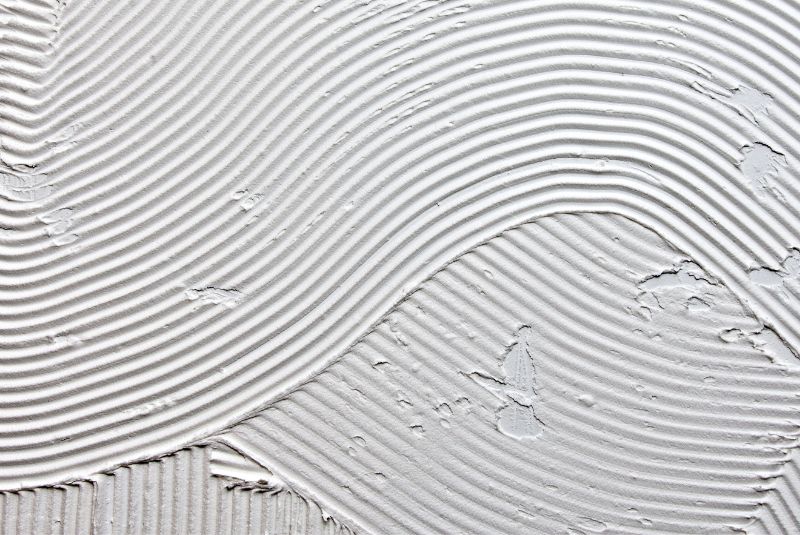Picture this: You’re all set to dive into a thrilling DIY tile makeover.
Tiles? Check. Creativity?
Double-check.
But wait, what about the unsung hero in the background – grout?
Often mistaken for its distant cousin, mortar, grout is your trusty sidekick, sealing the gaps and filling the spaces between your prized tiles.
Now, here’s the plot twist: not all grouts are created equal!
Before embarking on your epic tiling quest, join us on a journey to uncover the seven mystical types of grout.
We’ll help you choose the perfect grout companion for your tile adventure!
Selecting the Right Grout for Your Tile Project
Choosing the appropriate grout for your tile installation involves considering several crucial factors.
These factors play a pivotal role in ensuring the longevity and appearance of your tile project.
Here are key elements to keep in mind:
1. Tile Joint Width
The width of your tile joints is a critical factor when selecting grout.
It affects the grout’s performance and durability. For wider tile joints, typically measuring over 1/8-inch, sanded grout or sanded high-performance polymer cement grout is recommended.
These options provide the strength needed to support larger joints.
Conversely, for narrower joints, unsanded grout or pre-mixed polymer resin grout is more suitable.
2. Moisture and Environment
Assess the moisture level and environment where the tiles will be installed.
For areas exposed to high moisture, such as bathrooms or showers, opt for nonporous, moisture-resistant grout like epoxy grout.
It effectively prevents water infiltration and stands up to damp conditions.
Conversely, in dry areas, other grout types may suffice.
3. Traffic and Durability
Consider the expected level of foot traffic in the tiled area.
High-traffic zones, like main entrances or heavily-used hallways, demand durable grout.
Sanded cement grout or high-performance polymer cement grout are resilient choices that can withstand the wear and tear of bustling areas.
4. External Threats
Evaluate external factors that may affect your grout and tiles.
These could include exposure to food products, cleaning solutions, acids, or corrosive chemicals.
In such cases, choose a grout that is resistant to these substances to avoid staining or damage.
5. Color and Aesthetic
Grout comes in various color options.
Ensure the selected grout complements your desired aesthetic for the project.
If you have a specific color scheme in mind for your bathroom or kitchen, verify that the chosen grout offers the suitable color options to achieve the desired look.
By taking into account these factors, you can make an informed decision on the type of grout that best suits your tile installation.
It ensures not only the functionality but also the visual appeal of your tiled spaces.
7 Types of Grout
Not every type of grout performs the same, so before starting a tiling project at home, learn more about these 7 types of grout and how to choose the right grout for the job.
01 of 07: Sanded Grout – Durability Unleashed
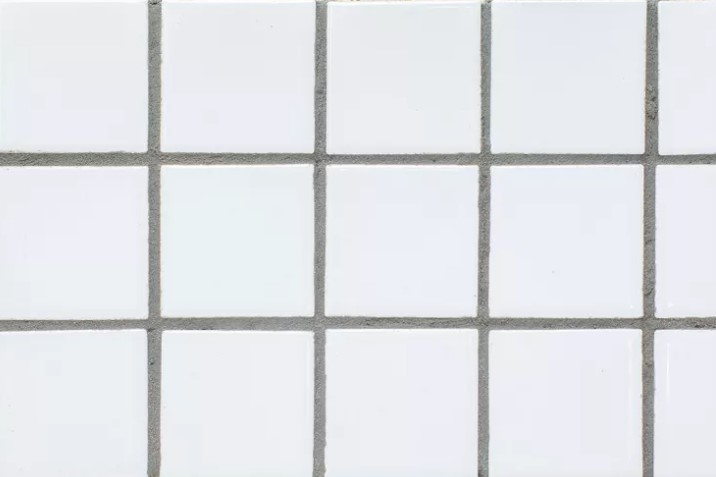
Sanded grout, a stalwart in the realm of cement-based options, finds its sweet spot in large tile seams, interior flooring projects, and bustling high-traffic areas.
Its secret lies in the inclusion of sand, a masterstroke that fortifies grout joints, bestowing upon it the armor of durability.
Nonetheless, prudence dictates that sanded grout isn’t the knight in shining armor for grout seams narrower than 1/8-inch.
Here, its sand particles, when mixed with the grout, might exert undue pressure on neighboring tiles, potentially undermining their structural integrity.
Inhabiting the ideal realms of ceramic and stone tiles adorned with generously wide grout joints, sanded grout assumes its throne.
Yet, a word of caution: sanded grout’s propensity to magnetize dirt and its sponge-like absorbency renders it ill-suited for the battlefronts of kitchen backsplashes and shower walls.
02 of 07: Unsanded Grout – Embracing Elegance
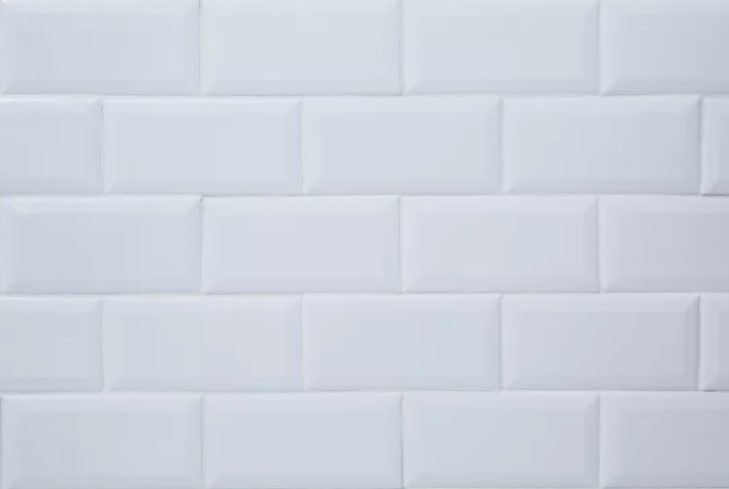
In the delicate realm of thin tile joints, bathroom floors, and the serene expanse of shower walls, unsanded grout reigns supreme.
As its moniker implies, the absence of sand particles positions it as the paragon for such fine undertakings.
While sanded grout valiantly guards high-traffic territories, unsanded grout thrives where moisture and humidity reign supreme – the bathroom and kitchen.
A sentinel against the ravages of moisture and mold, it crafts a seamless, grit-free tapestry, endowing tile seams with a smooth, caressable texture.
Yet, beware the unsanded grout’s vulnerability when applied to seams exceeding 1/8-inch in width.
Here, it may display a penchant for shrinkage, cracking, and crumbling, a chink in its otherwise flawless armor.
03 of 07: Furan Resin Grout – Industrial Titan
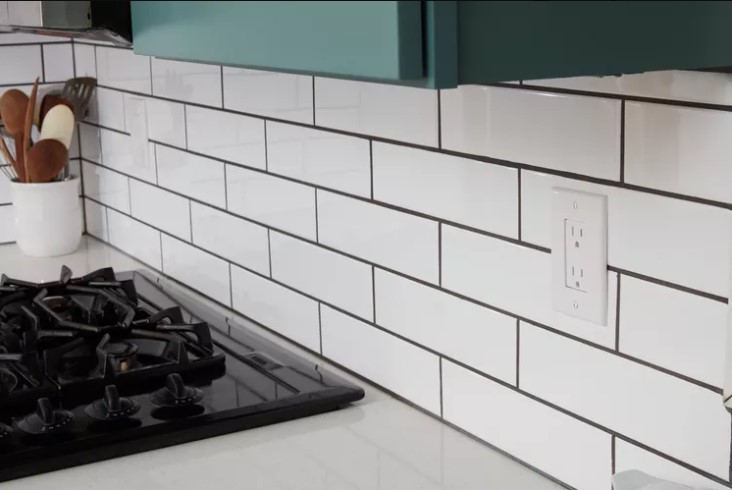
In the realm of industry, where abrasion, stains, and chemical perils lurk, furan resin grout ascends as a formidable titan.
Born of polymers derived from furfuryl alcohol, this concoction’s chemical makeup renders it impervious to a legion of threats – abrasive forces, staining agents, corrosive moisture, acidic incursions, and even searing temperatures up to 350 degrees Fahrenheit.
Indeed, its durability and unwavering resilience have made it the guardian of choice in industrial enclaves like dairies, where relentless exposure to organic acids and elevated temperatures is the norm.
Yet, this invincibility comes at a cost, both in terms of monetary investment and the requisite specialized installation techniques, a quest perhaps too daunting for the average do-it-yourselfer.
04 of 07: Epoxy Grout – The DIY Defender
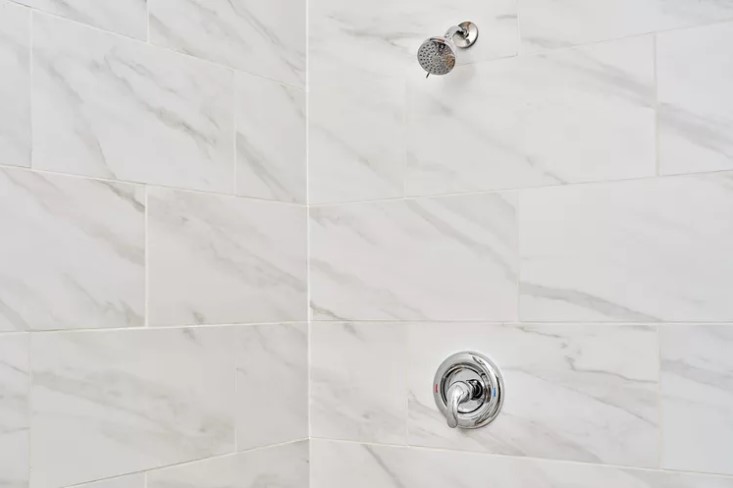
Epoxy grout emerges as the savior of the do-it-yourselfer’s tiling odyssey.
In its arsenal lies a formidable blend of attributes – superlative durability, chemical resistance, non-porosity, and an enduring life with minimal upkeep.
Industrial bastions, from floors to walls to sprawling manufacturing facilities, proudly bear its standard, owing to its robustness and versatility.
For DIY champions, epoxy grout offers an impervious shield, sealing tiled floors and shower walls against the relentless advance of moisture, dirt, oils, and grime.
Its non-porous composition denies ingress to air and liquids, safeguarding the very heart of your tile ensemble.
Yet, as with all knights in shining armor, this one too carries a burden, chiefly a lofty cost and the need for hands deft in the arts of intricate installation.
05 of 07: High-Performance Polymer Cement Grout – Where Strength Meets Style
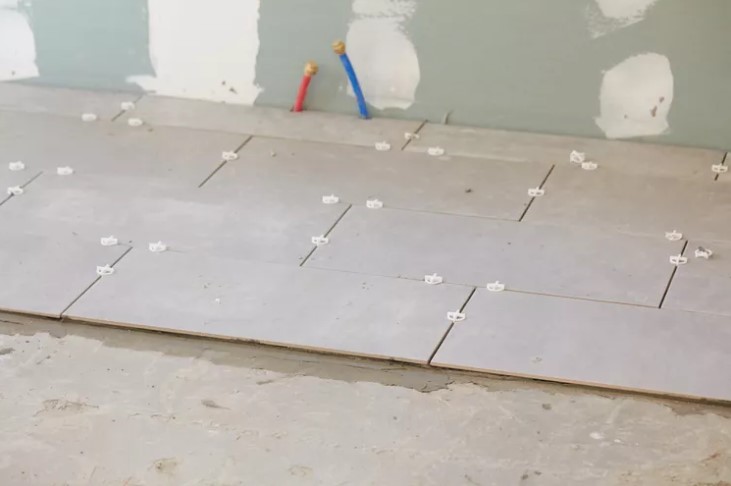
High-performance polymer cement grout steps forth as the harbinger of excellence, a specialized concoction infused with latex polymers.
These polymers imbue it with newfound strength, unparalleled durability, and an imperviousness to moisture that befits a champion.
Its domain spans bathroom renovations, shower rejuvenations, kitchen backsplash installations, and the replacement of kitchen floor tiles.
Forged in the crucible of resilience, it confronts the relentless march of footfalls in high-traffic zones, emerging unscathed from the fray, never yielding to the menace of cracking and crumbling.
In addition to its robustness, high-performance polymer cement grout offers the allure of improved color consistency, available in both sanded and unsanded variants.
However, one must be prepared to part with a princely sum, as such premium qualities do not come without cost.
06 of 07: Single Component Grout – The Quick-Set Savior

Single component grout, despite its misleading moniker, is a composite of multifaceted prowess.
It obviates the need for meticulous mixing, setting swiftly upon exposure to the open air.
Yet, one must safeguard its potency by ensuring the lid remains securely affixed when not in use.
Color consistency reigns as a hallmark, and the requirement for periodic sealing is rendered null by its non-porous constitution.
A guardian against water, air, and mold infiltration, single component grout deftly navigates humid environments.
In the face of chemical threats and the specter of cracking and crumbling, it stands unyielding.
Bathrooms, kitchens, and moisture-laden locales find a stalwart protector in this singular grout.
07 of 07: Pre-Mixed Polymer Resin Grout – The DIY Maestro

Pre-mixed polymer resin grout emerges as the DIY maestro’s trusted ally.
A ready-to-use marvel, it dispenses with the arduous task of mixing, simplifying the tiling process.
Affordability and ease of application are its hallmarks, making it a darling of the do-it-yourselfer.
Crafted from urethane polymers, fine fillers, and water, this grout exhibits a moisture-resistant persona, thwarting the encroachments of mold and staining.
Bathrooms and kitchens bear witness to its prowess, although one must exercise due diligence by scrutinizing product specifications, for the absence of industry standards begets a variation in its properties across suppliers.

